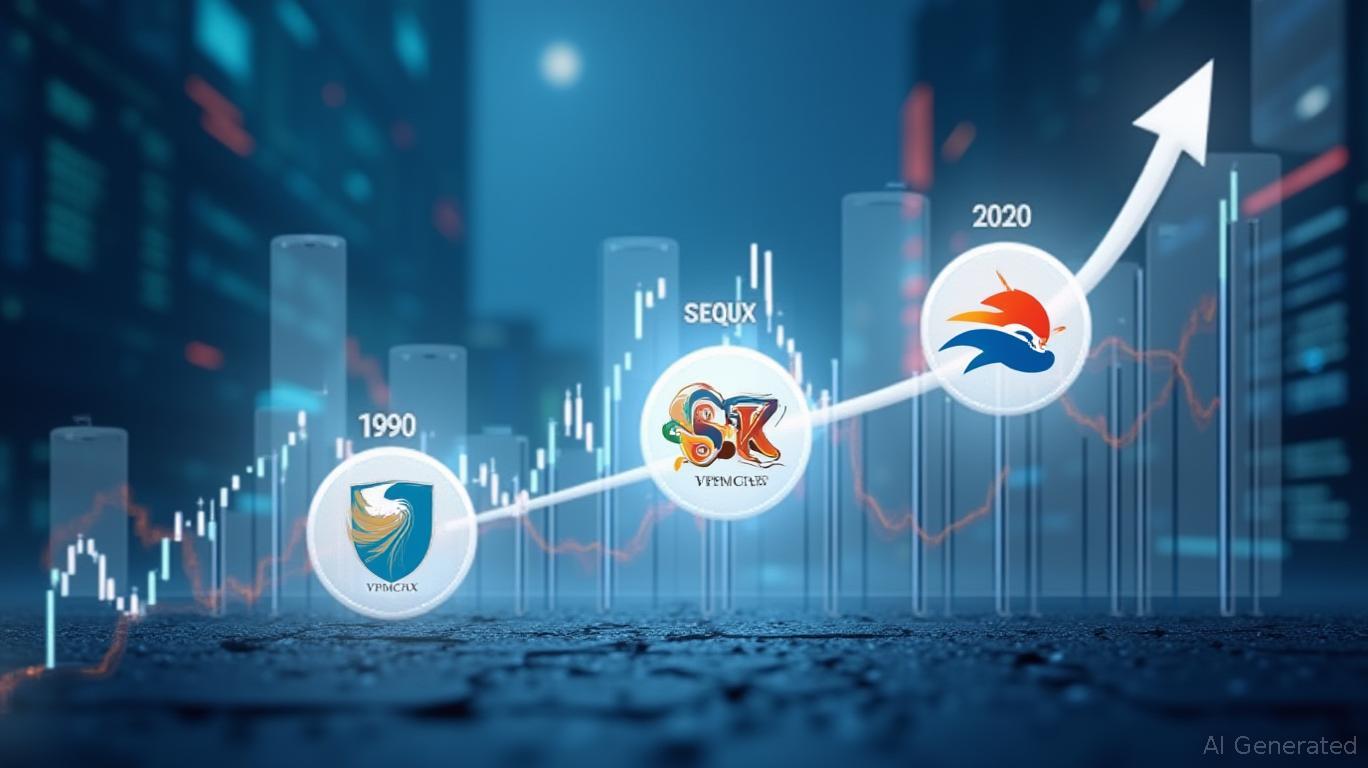AInvest Newsletter
Daily stocks & crypto headlines, free to your inbox
In an era of fleeting investment fads and algorithm-driven trading, the endurance of legacy equity funds stands as a testament to disciplined strategy and adaptability. With over 30 years of performance data, these funds have weathered recessions, technological revolutions, and geopolitical upheavals, offering investors a rare glimpse into what truly sustains wealth over generations. Let's dissect the hallmarks of success among these veterans and what they mean for long-term portfolios.
Launched in 1970, Sequoia Fund is a living relic of value investing. Its average annual return of 13.51% since inception has outpaced the S&P 500 by a wide margin. Yet its resilience is not without drama: a near-50% decline in the mid-2010s due to a concentrated bet on Valeant Pharmaceuticals tested its credibility.

However, the rebound was swift, fueled by a recalibrated focus on healthcare and technology. Today, Sequoia's rebound underscores a critical lesson: even the best funds require periodic resets. reveals a sharp recovery post-2016, climbing from -21% to +35.82% by 2023.
With a 13.42% annual return since 1973, AGTHX exemplifies the power of institutional collaboration. Managed by a rotating cast of analysts rather than a single star manager, it avoids the risk of personality-driven underperformance. Its top holdings—Microsoft, Facebook, and Amazon—reflect a focus on secular growth. A standout feature is its 0.62% expense ratio, which shields returns from eroding fees.
. This low-cost edge has compounded into millions of dollars in savings for long-term investors.
Inception in 1984 hasn't dimmed VPMCX's luster. Its 13.46% annual return and 0.38% expense ratio make it a gold standard for passive-active hybrids. A turnover ratio of just 8% reveals its buy-and-hold ethos, ideal for avoiding short-term churn.
. The gap here speaks volumes: steady, low-cost management outperforms market averages over time.
Legacy funds aren't immune to modern challenges. Columbia Acorn Institutional (ACRNX), for instance, has seen its returns diluted by leadership changes and a value-tilted strategy that underperformed in the tech-dominated 2020s. Meanwhile, Baron Funds' bets on Tesla (TSLA) highlight the double-edged nature of concentrated positions.
. While Tesla's rise fueled Baron Funds' gains, its volatility reminds investors that even legendary funds face sector-specific risks.
The inclusion of T. Rowe Price Health Sciences (PRHSX) and AllianzGI Technology (DRGTX)—despite their sub-30-year track records—hints at a broader truth. The healthcare and tech sectors, though younger, are now core to long-term growth. PRHSX's 13.94% annual return since 1995 and DRGTX's 14.21% since 1995 reflect this shift.
While DRGTX's focus on mid-cap tech stocks may have lagged behind FAANG dominance, its 16.4% YTD return in 2023 (per the data) signals renewed momentum. Investors must weigh historical pedigree against sector relevance.
Legacy equity funds are not relics—they're blueprints. Their survival over decades is proof that consistent strategy, cost discipline, and adaptability outlast market noise. For investors seeking decades-long growth, these funds remain cornerstones of prudent portfolios.

Invest with the past, but aim for the future.
This analysis emphasizes actionable insights without endorsing specific investments. Always consult with a financial advisor before making portfolio decisions.
Tracking the pulse of global finance, one headline at a time.

Dec.20 2025

Dec.20 2025

Dec.20 2025

Dec.20 2025

Dec.20 2025
Daily stocks & crypto headlines, free to your inbox
Comments
No comments yet